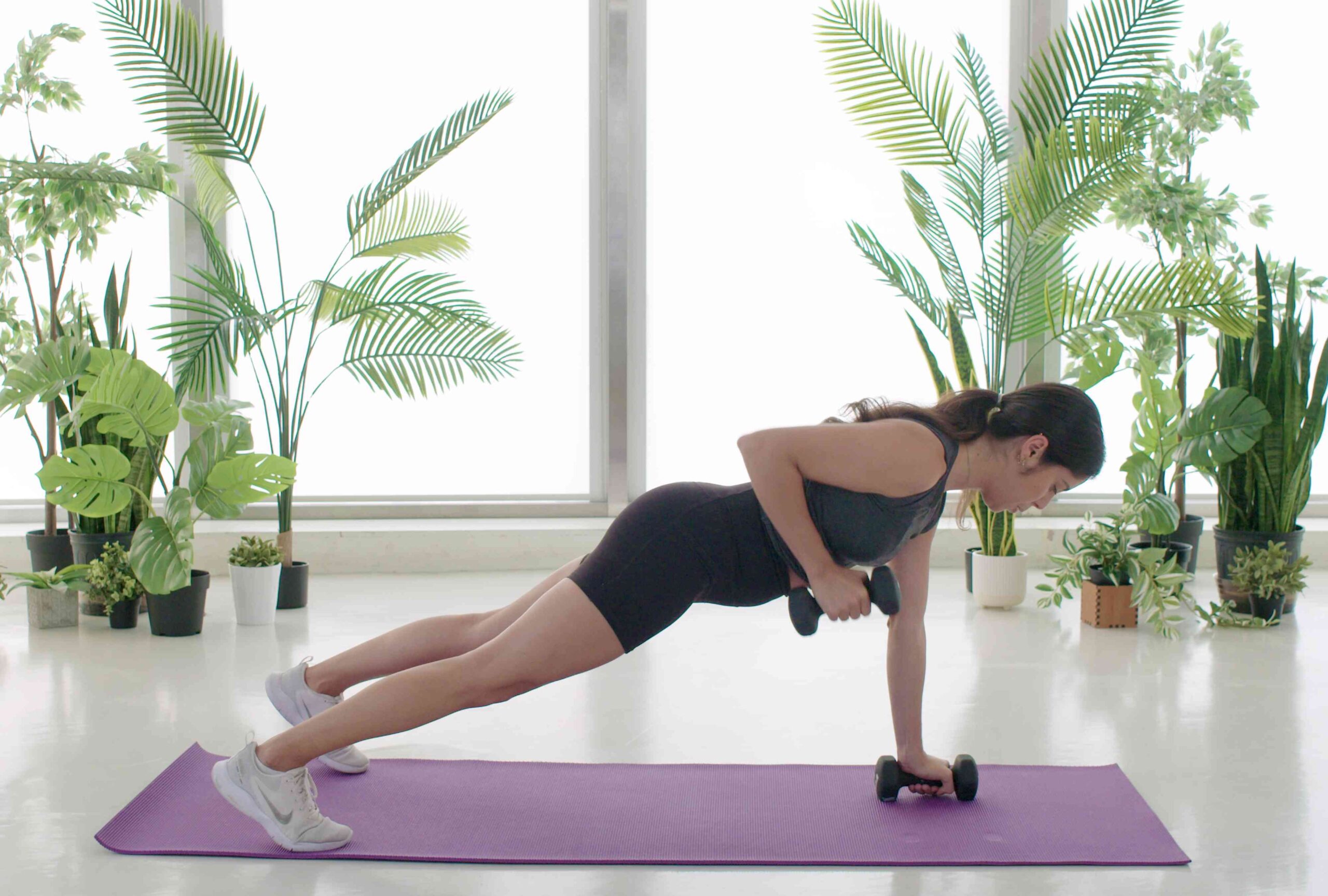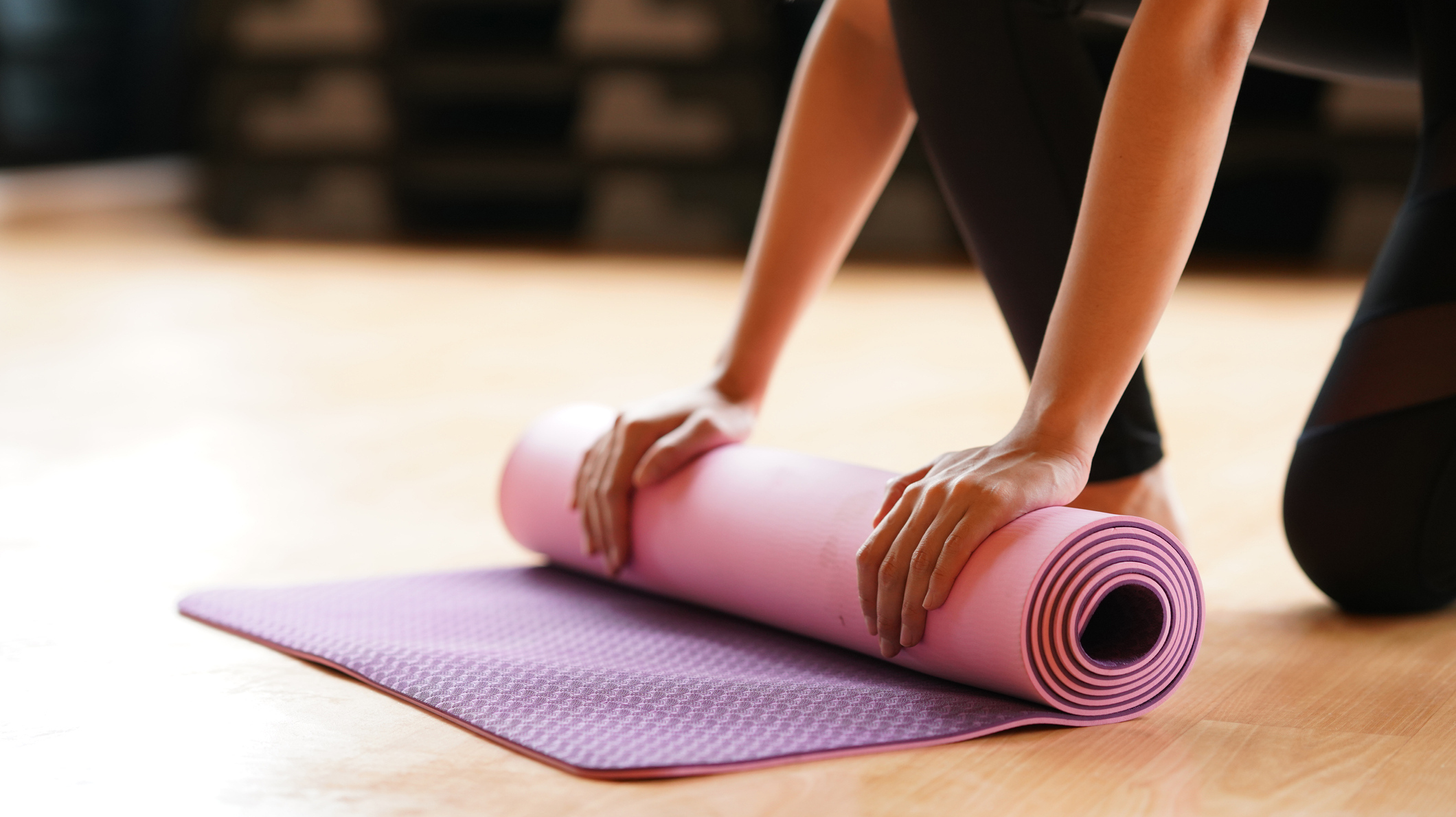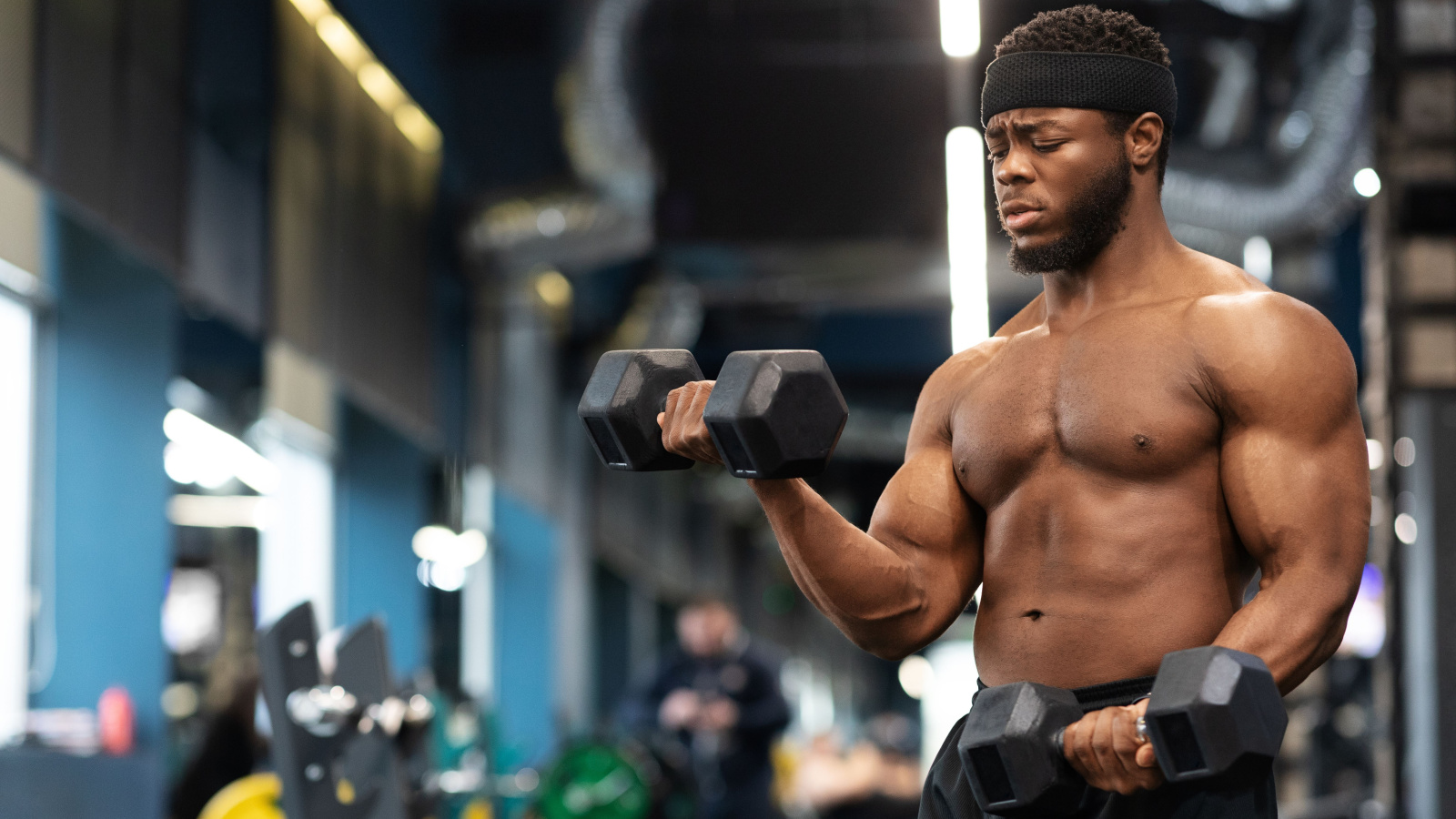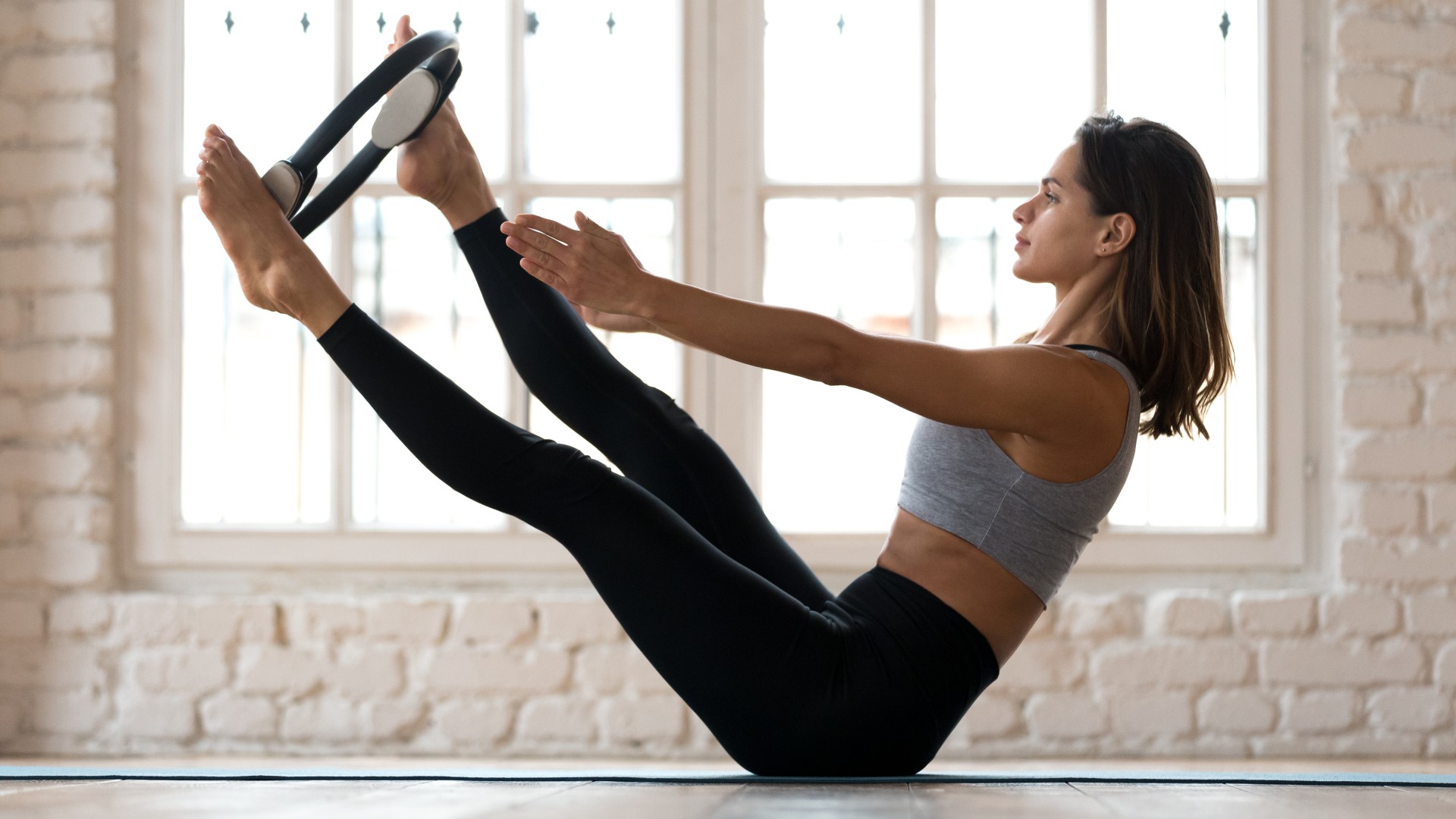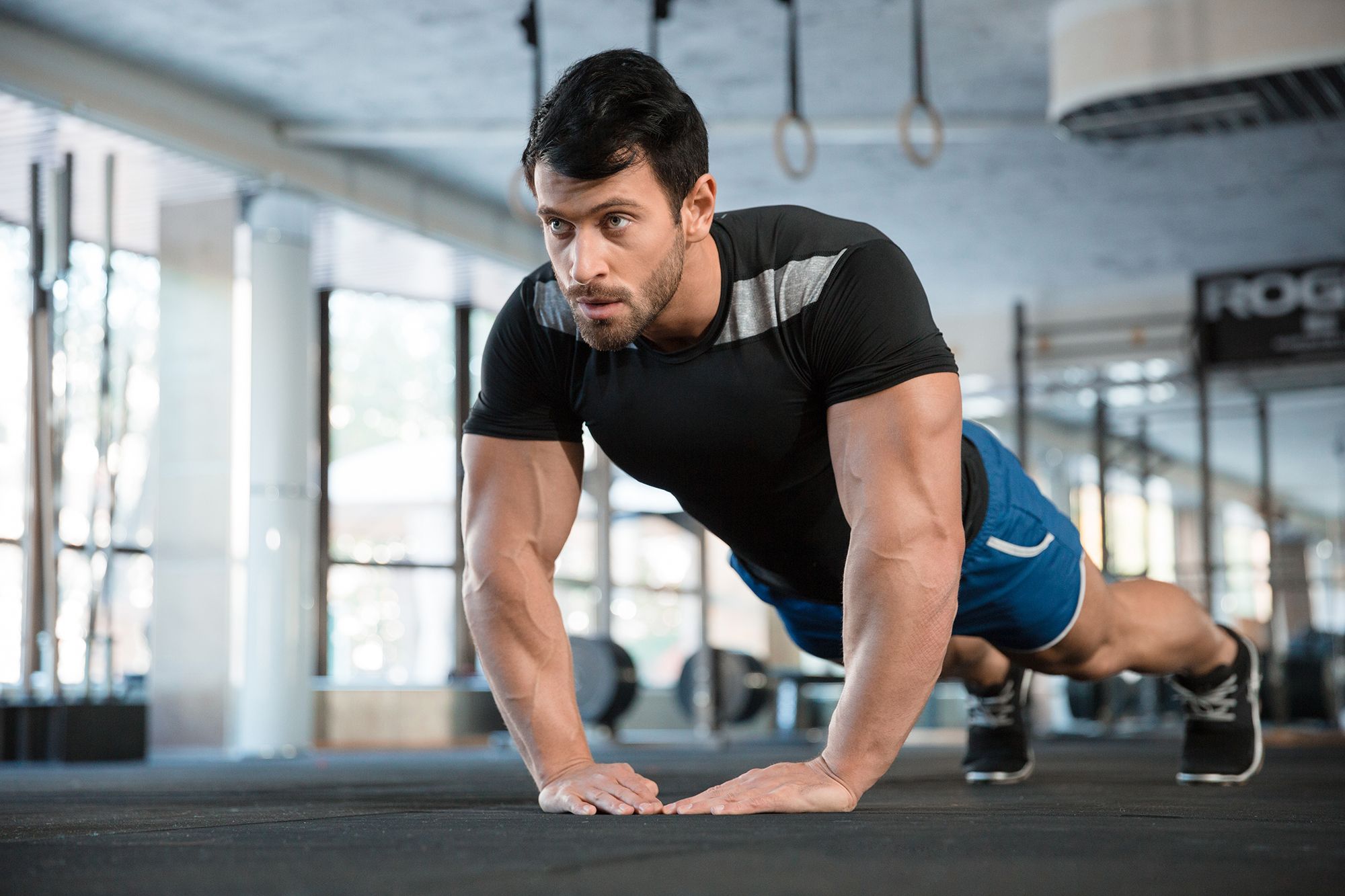Building a strong back is essential for both strength and overall health. A well-developed back supports good posture, reduces the risk of injury, and improves your performance in other exercises. Engaging in a focused back workout can enhance your muscle development and lead to a more powerful and aesthetic physique.
In this article, you’ll explore key muscle groups in the back, including the upper back, lower back, and various muscles that play a role in your movements. You’ll learn about essential exercises that target these areas effectively, as well as advanced techniques to take your training to the next level. With the right planning, you can create a workout routine that boosts back strength and promotes balanced development.
Getting started on a back workout can seem overwhelming, but understanding its importance and structure makes it simpler. By following a well-rounded approach, you can achieve noticeable results and build a strong foundation for future training success.
Key Takeaways
- A focused back workout helps improve posture and reduce injury risks.
- Essential exercises target various back muscles for balanced development.
- A structured training routine is key to maximizing strength gains.
Anatomy of the Back
The back is a complex structure made up of various muscles that work together. Understanding these muscles can help you target them effectively during workouts for strength and stability.
Understanding Back Muscle Anatomy
Your back consists of several major muscle groups. The Latissimus Dorsi (or lats) are large muscles located on either side of your back. They help you pull and lift.
The Trapezius muscles are positioned between your shoulders and extend down your spine. These muscles support shoulder movements and neck stability.
Rhomboids are located between your shoulder blades, while the Lower Traps assist in shoulder placement and upper back strength.
Additionally, the Erector Spinae muscles run along your spine, providing support and helping with posture. Understanding these muscles will enhance your workout techniques.
The Importance of Posterior Chain
The posterior chain includes the muscles at the back of your body.
It plays a vital role in movement, strength, and stability.
Training these muscles can improve your posture and reduce the risk of injury.
Key muscles in the posterior chain include the Erector Spinae, Lower Lats, and Upper Lats. These muscles stabilize your spine and support your torso during heavy lifts.
Rear Delts are also part of this chain, contributing to shoulder stability during back workouts.
Neglecting the posterior chain can result in imbalances, leading to poor performance and injury.
Muscles Targeted in Back Workouts
When you perform back workouts, you target various key muscles.
Bent-over rows work the lats, rhomboids, and lower traps, building overall back strength.
Pull-ups engage your lats and upper back muscles, enhancing upper body strength.
Deadlifts target the entire back, especially the Spinal Erectors, allowing for functional strength.
Here’s a quick list of muscles engaged in specific exercises:
- Latissimus Dorsi: Major pulling movements
- Rhomboids: Rows and pulls
- Trapezius: Shrugs and upright rows
- Erector Spinae: Deadlifts and back extensions
By focusing on these muscle groups, you can develop a stronger, more resilient back.
Essential Back Exercises
A strong back is vital for overall fitness and stability. The following exercises help build strength, thickness, and the desired V-taper shape. Incorporating these movements into your routine can lead to significant gains.
Deadlifts for Overall Strength
Deadlifts are one of the best exercises for your back. They work multiple muscles, boosting overall strength. When you lift, focus on keeping your back straight and your core tight.
To perform a conventional deadlift:
- Stand with your feet shoulder-width apart.
- Grip the barbell just outside your knees.
- While keeping your back flat, push through your heels to lift the bar.
You can also try variations like the rack pull or the kettlebell swing to target different muscle groups in your back. Aim for 3-5 sets of 6-10 reps.
Rows to Build Thickness and Width
Rows are essential for developing back thickness and width. Different row variations target various muscles in your back.
Bent-over rows and single-arm dumbbell rows are excellent choices. For bent-over rows:
- Hold a barbell and hinge at your hips until your back is nearly parallel to the floor.
- Pull the barbell toward your lower ribs, keeping your elbows tucked.
Incorporate T-bar rows for thickness and seated rows for control. Aim for 3-4 sets of 8-12 reps for each row variation.
Pulldowns and Pull-ups for V-Taper
To achieve a V-taper look, focus on pulldowns and pull-ups. These exercises work your lats and help create that desired shape.
Lat pulldowns can be done on a machine. Sit down, grip the bar wider than shoulder-width, and pull it toward your chest. Keep your back straight as you lower the weight.
Chin-ups and pull-ups are more challenging but very effective. Use an overhand grip for pull-ups and an underhand grip for chin-ups. If you struggle with these, consider using resistance bands for assistance. Aim for 3-4 sets of 6-10 reps.
Back Extensions and Good Mornings
Back extensions and good mornings are crucial for building lower back strength. These exercises help improve posture and stability.
For back extensions:
- Lie face down on a bench with your hips off the edge.
- With your hands behind your head, lift your upper body towards the ceiling.
Good mornings also target the lower back. Stand with a barbell on your shoulders:
- Hinge at the hips, keeping your back straight, until you feel a stretch.
- Return to standing.
Include these exercises in your routine with 3-4 sets of 10-15 reps to enhance lower back strength.
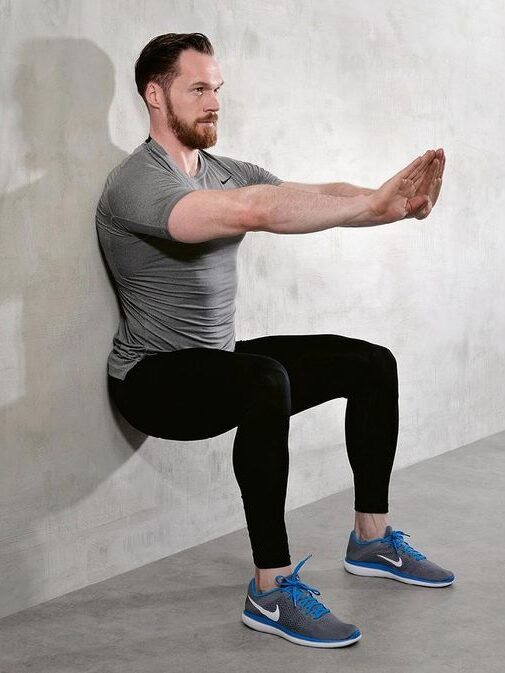
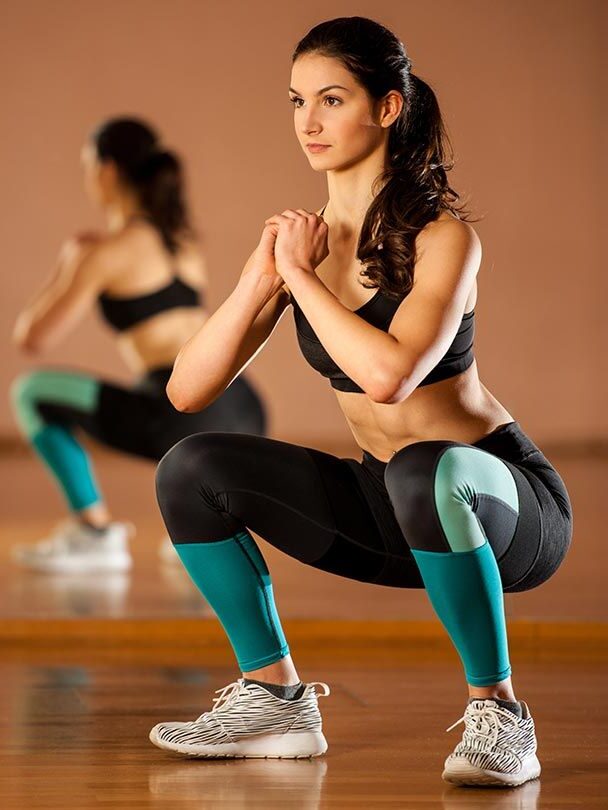
Advanced Techniques and Concepts
Advanced workout techniques can enhance your back training. Focusing on muscle activation, proper technique, and progressive overload leads to better muscle growth and strength.
Mind-Muscle Connection and Muscle Activation
Establishing a strong mind-muscle connection is crucial for effective back workouts. This means focusing on the specific muscles you are training during each exercise. For instance, when performing rowing movements, visualize your lats and traps working.
To improve muscle activation, consider slowing down your reps. A controlled contraction followed by a slow release helps engage the targeted muscles more effectively. Use lighter weights to perfect your form, then gradually increase the load while maintaining proper engagement.
Progressive Overload for Muscle Hypertrophy
Progressive overload is essential for muscle hypertrophy. This principle involves gradually increasing the weight, reps, or intensity of your exercises. Consistently challenge your muscles to achieve growth.
For your back workout, include both barbell exercises and bodyweight movements. Start with a manageable weight and slowly raise it as your strength improves. Track your progress to ensure you’re pushing your limits. Aim for small increments to avoid injury while keeping your muscles stimulated.
Proper Technique and Range of Motion
Proper technique is vital for maximizing your back workout results. Ensure that you maintain good posture during all exercises to target the right muscles effectively. For example, during a barbell row, your back should remain straight, and your elbows should stay close to your body.
Range of motion plays an important role in muscle activation. Aim for a full range of motion in each exercise. Focus on the stretch and contraction of muscles at both ends. Avoid shortcuts like half-reps, as they can limit hypertrophy and strengthen the wrong muscles.
Planning Your Back Training Routine
Creating an effective back workout routine requires attention to balance, injury prevention, and clear fitness goals. Focusing on specific areas of your back will help improve strength and aesthetics while ensuring healthy movement patterns.
Balancing Your Workout for Symmetry
To achieve a strong and symmetrical back, include exercises that target different areas such as the upper, middle, and lower back. Compound movements like deadlifts, bent-over rows, and pull-ups are excellent for overall mass. Include 2-3 exercises per workout that focus on:
- Back Thickness: Use exercises like barbell rows and T-bar rows.
- Back Width: Incorporate pull-ups and lat pull-downs.
Aim for a mix of rep ranges. For hypertrophy, select weights that allow you to perform 8-12 reps. This helps build muscle while maintaining shoulder health and engaging shoulder stabilizers.
Addressing Lower Back Pain and Spinal Alignment
Maintaining spinal alignment during your back workout is crucial to prevent low back pain. Start with a proper warm-up to prepare your muscles and joints. Focus on:
- Keeping your spine neutral during lifts.
- Engaging your core for stability.
Exercises like back extensions can strengthen your lower back and help create a balanced posterior chain. If you notice discomfort, consider modifying your form or switching to lighter weights. Always listen to your body to prevent injuries.
Setting Fitness Goals and Benchmarks
Defining your fitness goals is essential for a successful back workout routine. Whether you’re aiming for muscle growth or improving strength, set realistic benchmarks. You can use the SMART criteria (Specific, Measurable, Achievable, Relevant, Time-bound) to guide your goals.
For example:
- Strength Goals: Aim to increase your deadlift by 10% in three months.
- Hypertrophy Goals: Track the number of reps or volume of your back exercises weekly.
Regularly assess your progress. Take notes on your workouts, including the weights and reps performed. Adjust your routine as needed to stay aligned with your fitness goals.
